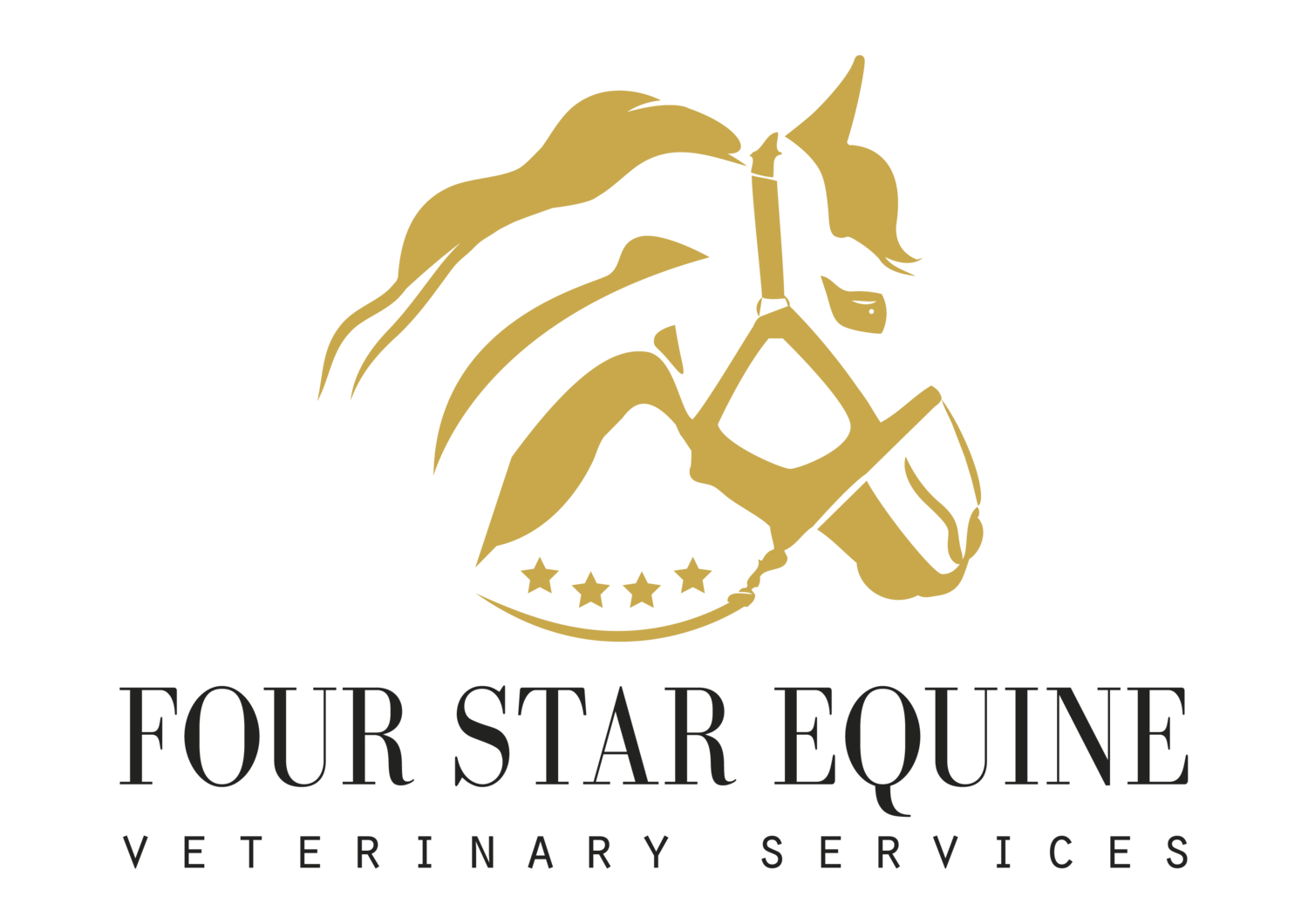What is VMM?
Veterinary Medical Manipulation (VMM) is correction of restrictions of a motion unit (i.e. joint) to restore normal range of motion and function. VMM is often referred to as “equine chiropractic adjustment”
A restriction is lack of normal range of physiologic motion between two bony structures. Restrictions can be caused by trauma, age, lameness, confinement, inappropriate exercise, poor tack fit, poor dentition, poor hoof balance and more.
Restrictions are corrected using the cellular physiology of the muscle and musculotendinous unit. A high velocity low amplitude (fast, not far) thrust directed in the correct line of orientation on the correct anatomical location will cause activation of the golgi tendon organ. This causes reflex relaxation of the muscle, releasing the restriction and allowing the bony anatomy to move in all the directions it is intended to. What does that mean??? It means you don’t have to use brute force to adjust an 1,100 lb animal. Its about being highly trained and highly specific in the adjustments made, which gives us comparatively small humans the ability to make your equine friend feel great!
How can VMM benefit my horse?
Increased range of motion and flexibility
Increased muscle symmetry and mass (when directly affected by bony restrictions)
Improved posture
Decreased pain and often improved soundness
Improved performance under saddle
VMM is not a cure all treatment, and it is not the answer for every lame horse. It is a powerful tool to be used in conjunction with traditional western medicine in giving your horse the opportunity to perform as comfortably and optimally as possible!
In some cases medical manipulation is contraindicated - such as a horse with undiagnosed neurologic disease, advanced arthritis or traumatic fracture. A licensed veterinarian, and truly only a licensed veterinarian, has the knowledge and ability to assess each horse in the course of a VMM exam and advise you if the horse should not undergo spinal manipulation. We can also advise you if further diagnostics would be warranted before your horse could safely be treated with medical manipulation.
Signs your horse may benefit from VMM treatment:
Prefers to not stand square - toe pointing, camped under behind or in front
Abnormal hoof wear
Tripping, dragging his/her toes
Currently lame or has been treated for a chronic lameness
Rehabbing from an injury, prolonged confinement
Loss of muscle or notable asymmetry in muscle
Doesn’t bend well or is very “one-handed”
Leans on one rein
Saddle shifts to one side consistently
Has abnormal head or neck posture
Difficulty flexing at the poll
Shortened stride in one or more limbs
Refusal to pick up a canter lead, swapping leads,dropping out behind
Behavior change under saddle
Pinning ears or evasive behavior when tacked or mounted
The VMM appointment:
Evaluation of posture, muscle symmetry and nervous system at rest
Brief evaluation of movement in hand
Motion palpation of the head, neck, back, pelvis and limbs
Correction of any restrictions found with manual HVLA tecnique
Explanation of specific physical therapy exercises that can be performed between adjustments to maintain improvements
Scheduling of any follow up adjustments and exams that are necessary
We are happy to provide VMM services and refer records back to your regular veterinarian if you are currently using another veterinary practice that does not offer medical manipulation/chiropractic services.
